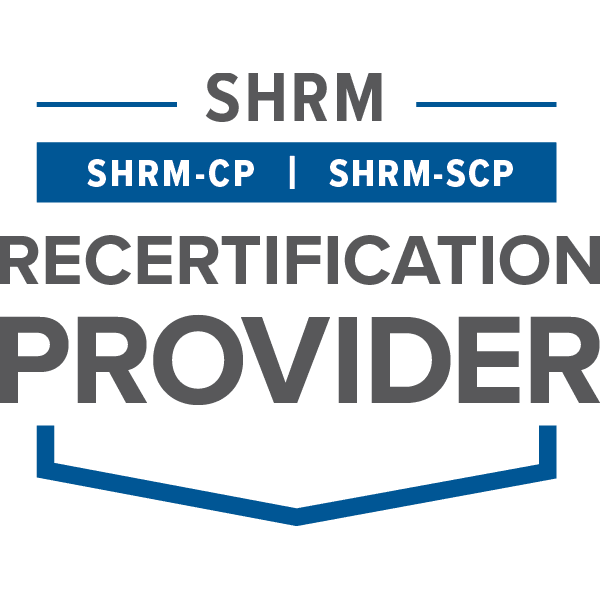Understand more about how AI can address critical challenges in talent acquisition, from optimizing recruitment processes to improving candidate experiences.
Cut through the hype and pinpoint where AI can be leveraged by your organization.
Learn more about implementing AI into your talent process so your function can get fit for 2025.



In this UNLEASH webinar, watch Ben Eubanks, Chief Research Officer at Lighthouse Research Advisory, speak with Steven Z. Ehrlich, SVP of Global Community Engagement at Radancy, and Irmgard Naudin ten Cat, Global Talent Attraction and Acquisition Leader at EY about how to not fall behind when it comes to AI, why your competition is already using AI and why talent acquisition is a function at the center of using this technology.
Talk about AI is everywhere, says Ben Eubanks, Chief Research Officer at Lighthouse Research Advisory, as he starts the webinar. But one of three talent leaders says that while AI has potential, there is a lot of hype, too. So what should talent leaders do?
For Irmgard Naudin ten Cat, Global Talent Attraction and Acquisition Leader at EY, there are three places where AI can help in recruiting and talent acquisition.
The experience for the recruiter is better when we have the right technology, the experience for the candidate is better, and the experience for the client is better,” she says. “It’s about the experience and doing it well, then we can re-focus on tasks we might be able to automate.”
Irmgard Naudin ten Cat
The subtext: focus on the experience first, then efficiency, but get the balance right between the two.
Lighthouse Research Advisory data crunching has found that, indeed, 60% of talent leaders say AI is not just about speed, it’s about creating a bigger impact on their organizations and delivering the talent they need.
But if TA functions can also get time back for automating via AI, what should it do with the time it gets back? Steven Z. Ehrlich, SVP of Global Community Engagement at Radancy, advises organizations not to jump ahead of themselves and assume they can get all the benefits right now to a time when they assume they can get time back and cut costs in multidimensional ways.
It’s like having a child, you’ve got to teach it the right inputs,” he says. “You’ve got to teach it how the experience is delivered.”
Steven Z. Ehrlich
In fact, in Ehrlich’s view, AI is currently at the peak of the hype cycle, about to fall down into the trough of disillusionment but that will be followed by an upward curve to the technology being a boost for productivity. “We’ll see a meaningful impact from AI,” he says. “But we haven’t figured out how to properly train our teams with AI.”
Although Ehrlich describes the ‘we’re not quite there yet folks’ state of play with AI in recruitment, it’s worth pondering what happens if GenAI does reshape the function and suddenly time, costs, and innovation power are freed up. What then?
For one, TA is likely to drastically change. “We will get more time for business partnering,” says Naudin ten Cat. “And feedback into the organization.” It will help with career coaching, too, boosting career opportunities across the board. Indeed, this will help talent matrices become more mature and show adjacent opportunities and break down siloes. “Our recruiters will be able to do so much more,” she says.
“It’s a force multiplier and an accelerator not a replacement,” adds Ehrlich. “It’s a tool you can use for faster insights and better outcomes but you have to know what to do with those.”
In the webinar, UNLEASH polled attendees on where they were in their AI journey, it showed:
The takeaway? Our experts on the webinar saw this as not a bad thing. Some will be pioneers, some will want to know the lay of the land before charging ahead. “It’s about not asking what the solution should be,” says Ehrlich. “But understanding the business problem you’ll need to solve.”
That’s not to say those using AI aren’t solutions-oriented.
For one, Ehrlich is improving his candidate experience, and helping broaden the net for talent, by making his processes more inclusive. Using AI to help improve interfaces and outcomes.
But there has to be a balance struck, reminds Naudin ten Cat. “We need to balance innovation, learning, making sure your team has the right tools but also contributing to the sustainability environment,” she concludes.
 |
UNLEASH is recognized by SHRM to offer Professional Development Credits (PDC) for SHRM-CP or SHRM-SCP recertification. |
"*" indicates required fields
"*" indicates required fields
"*" indicates required fields